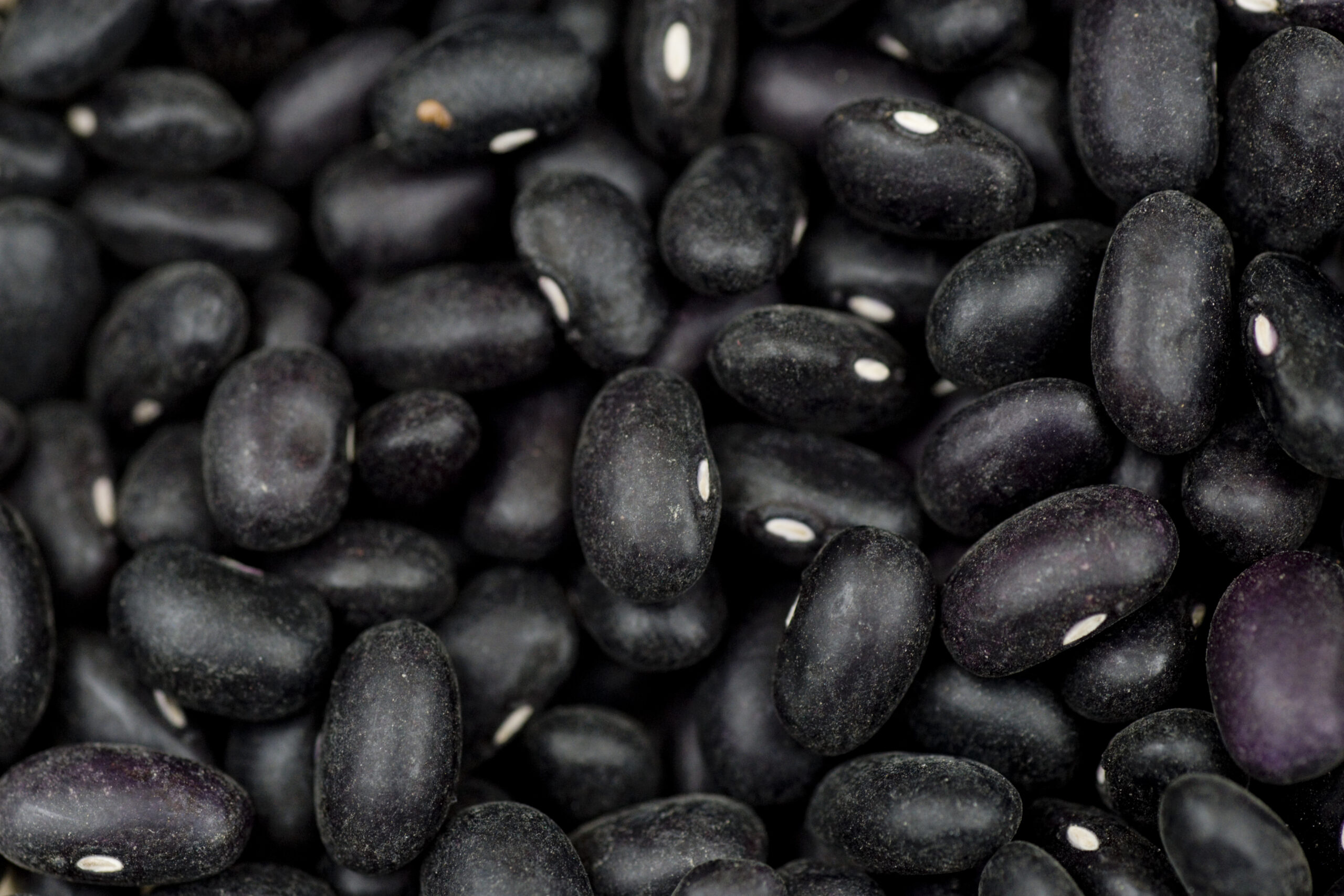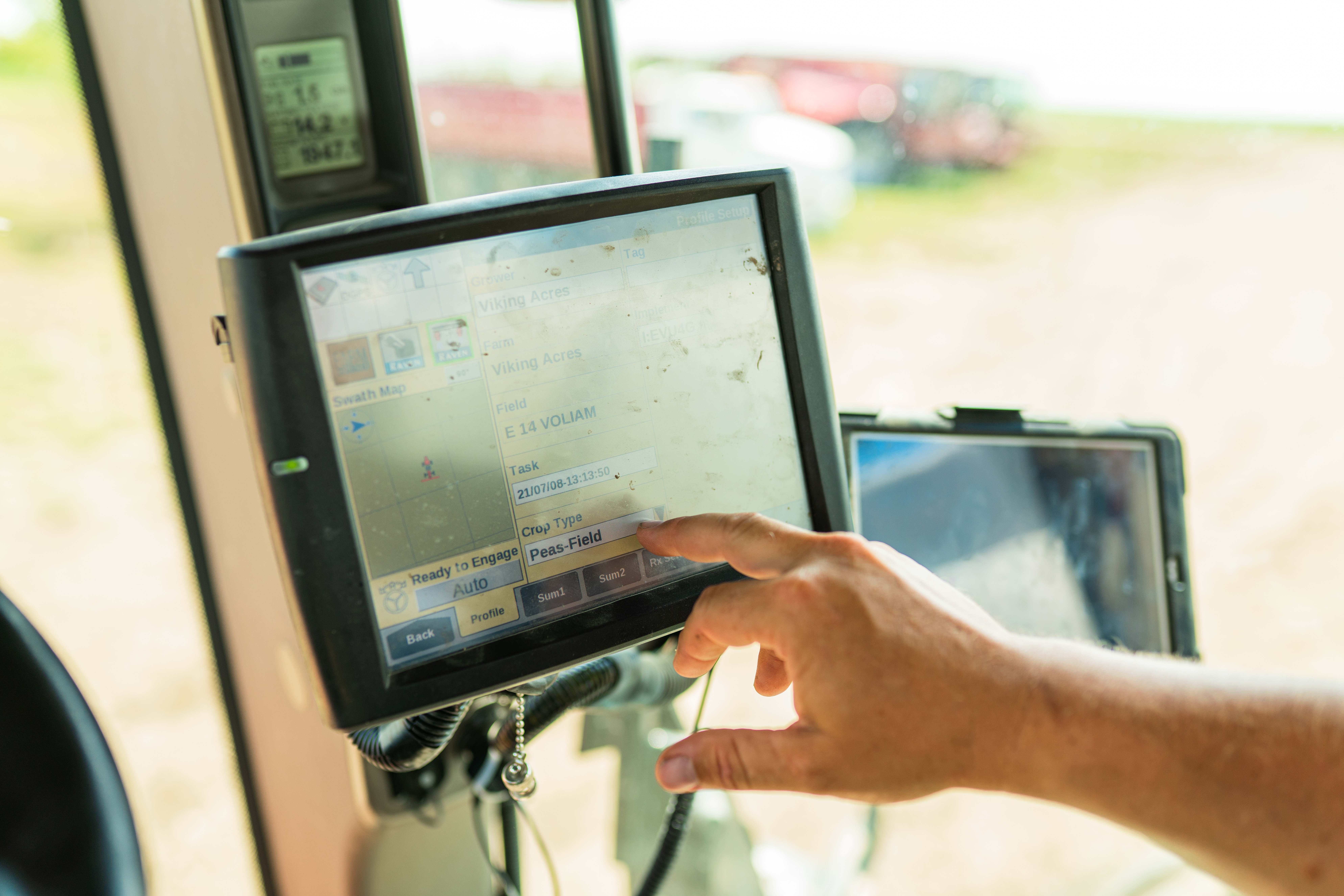Search and filter
Production Resources (313)
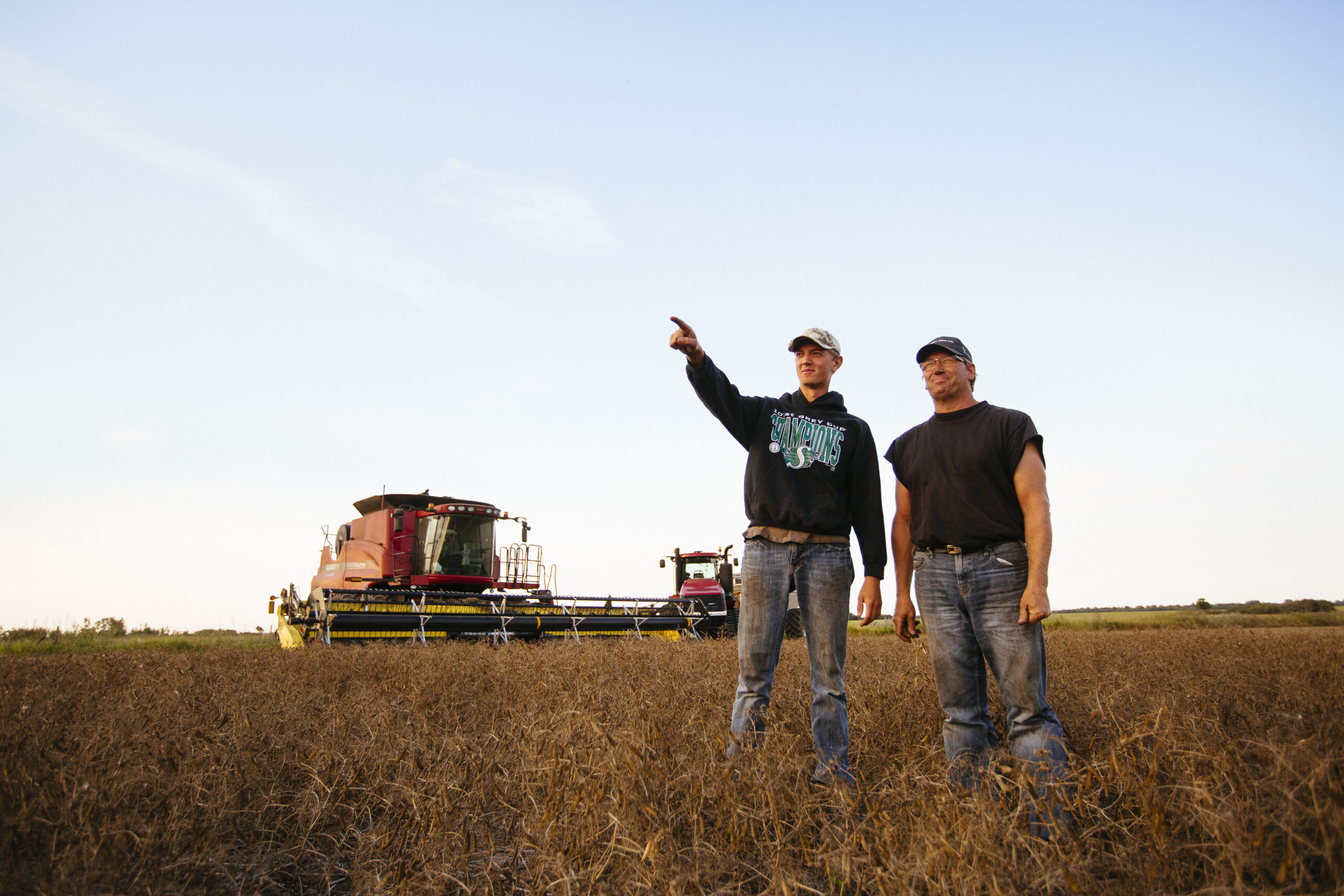
Maximum Residue Limits Product Advisory

Scouting and Sampling for Root Rot in Pulses

Stop the Rot: Scouting and Sampling for Root Rot in Pulses Webinar Recording
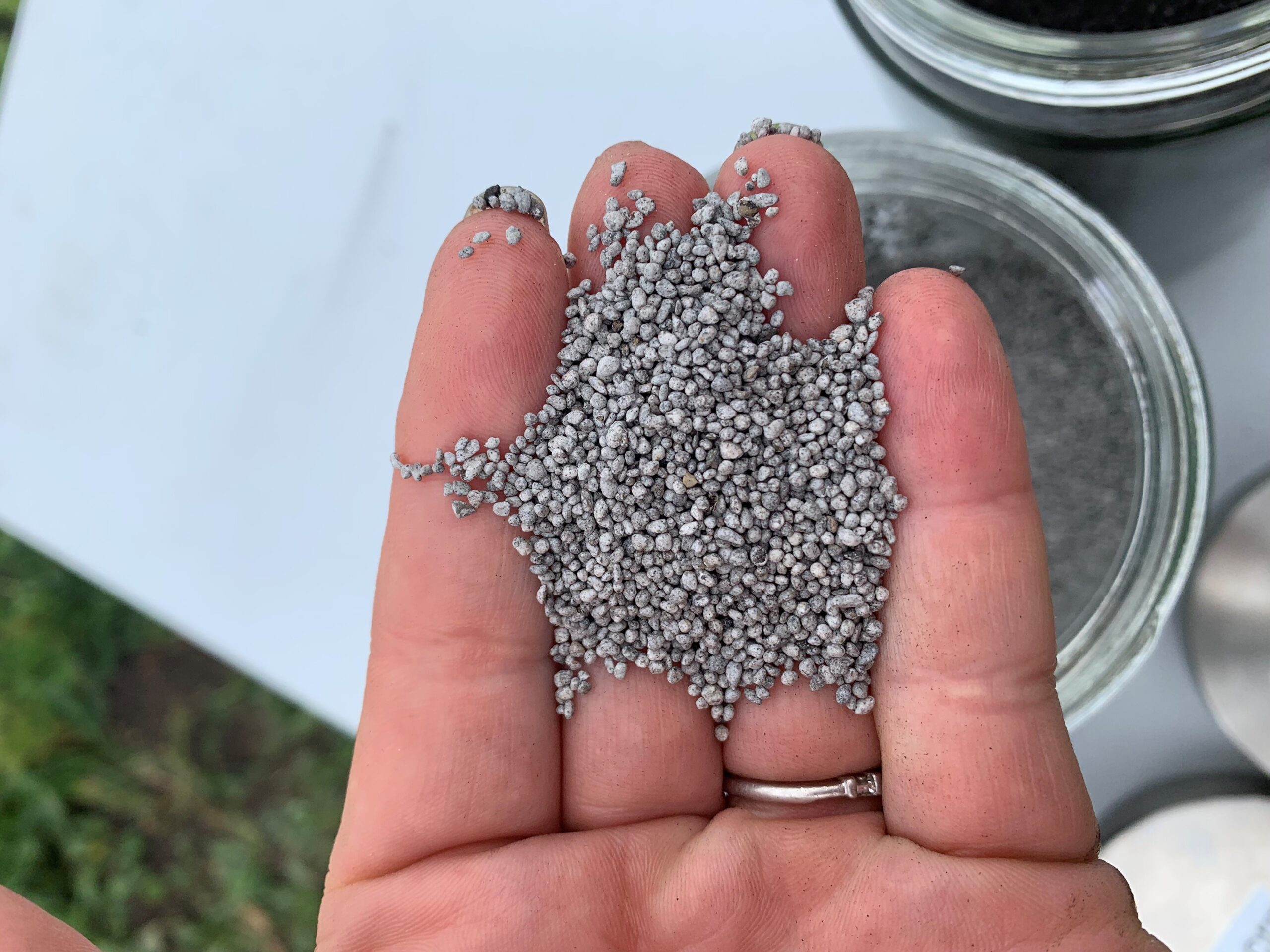
Inoculant Options for Pulse Crops
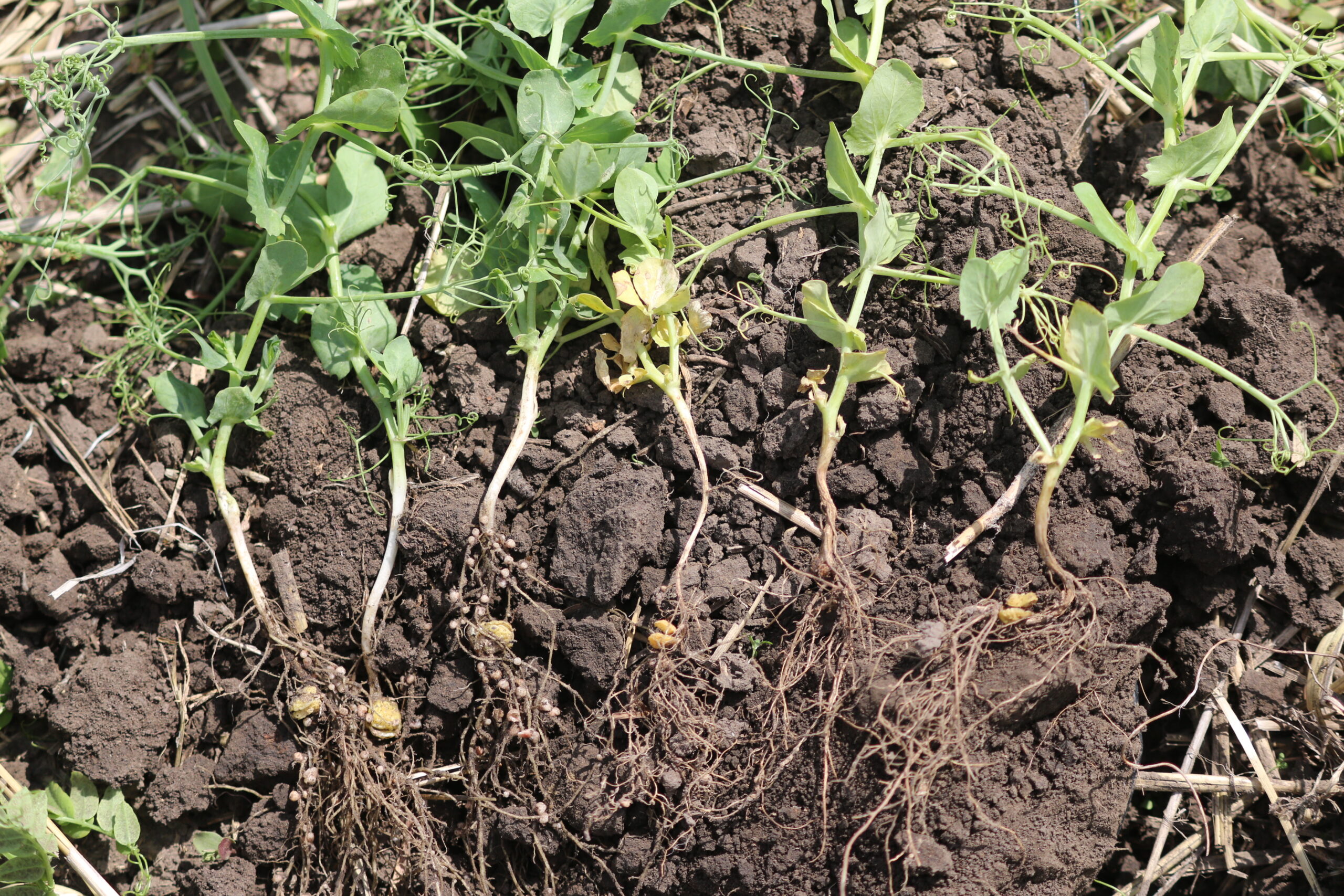
Testing for Aphanomyces and Other Root Rot Pathogens
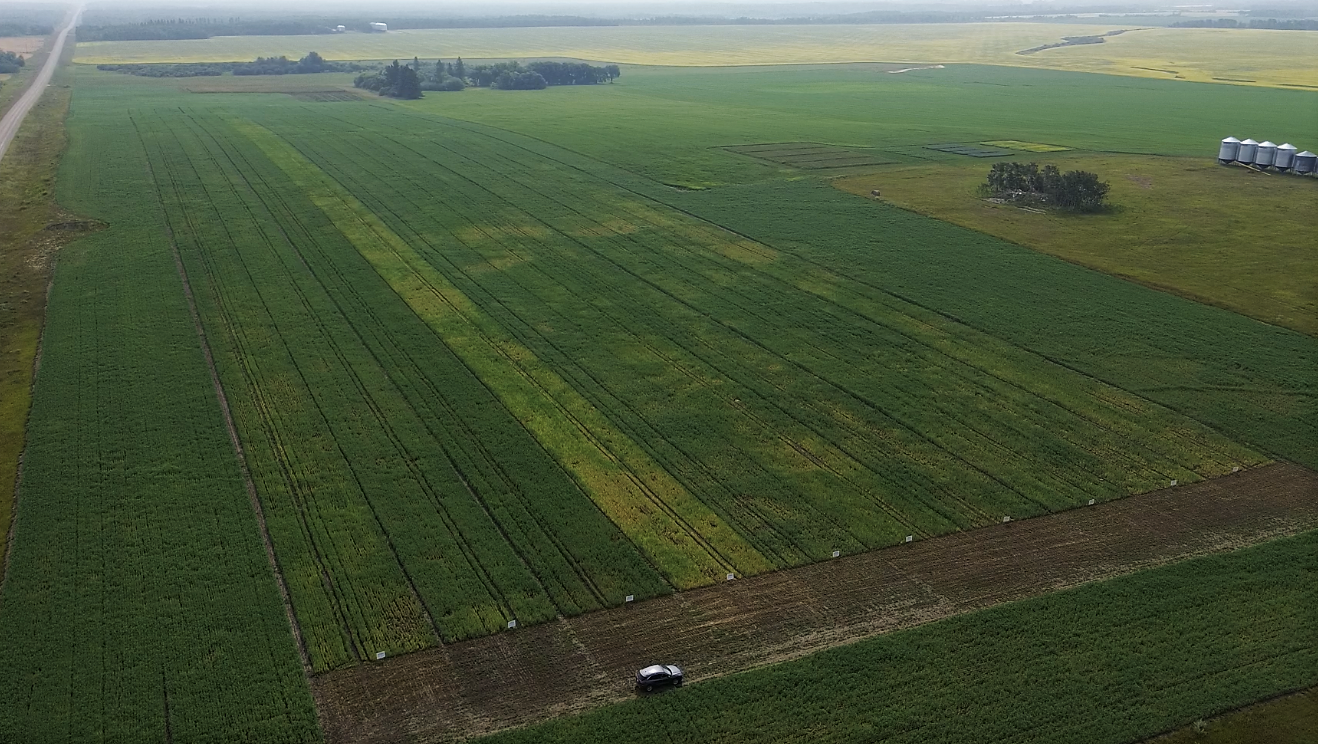
Showcasing Pulse Varieties in 2023
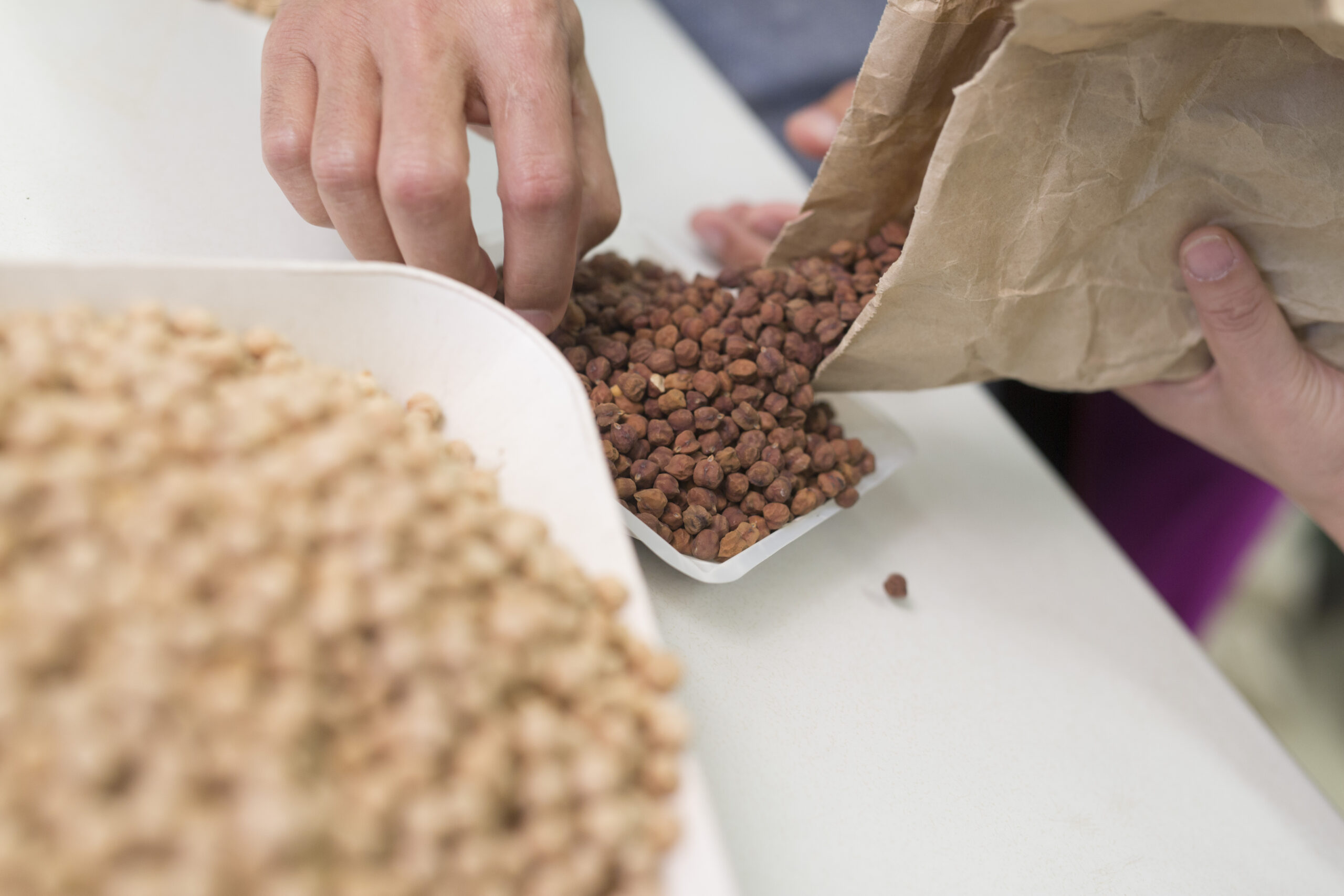
2023 Seed Survey Interim Results
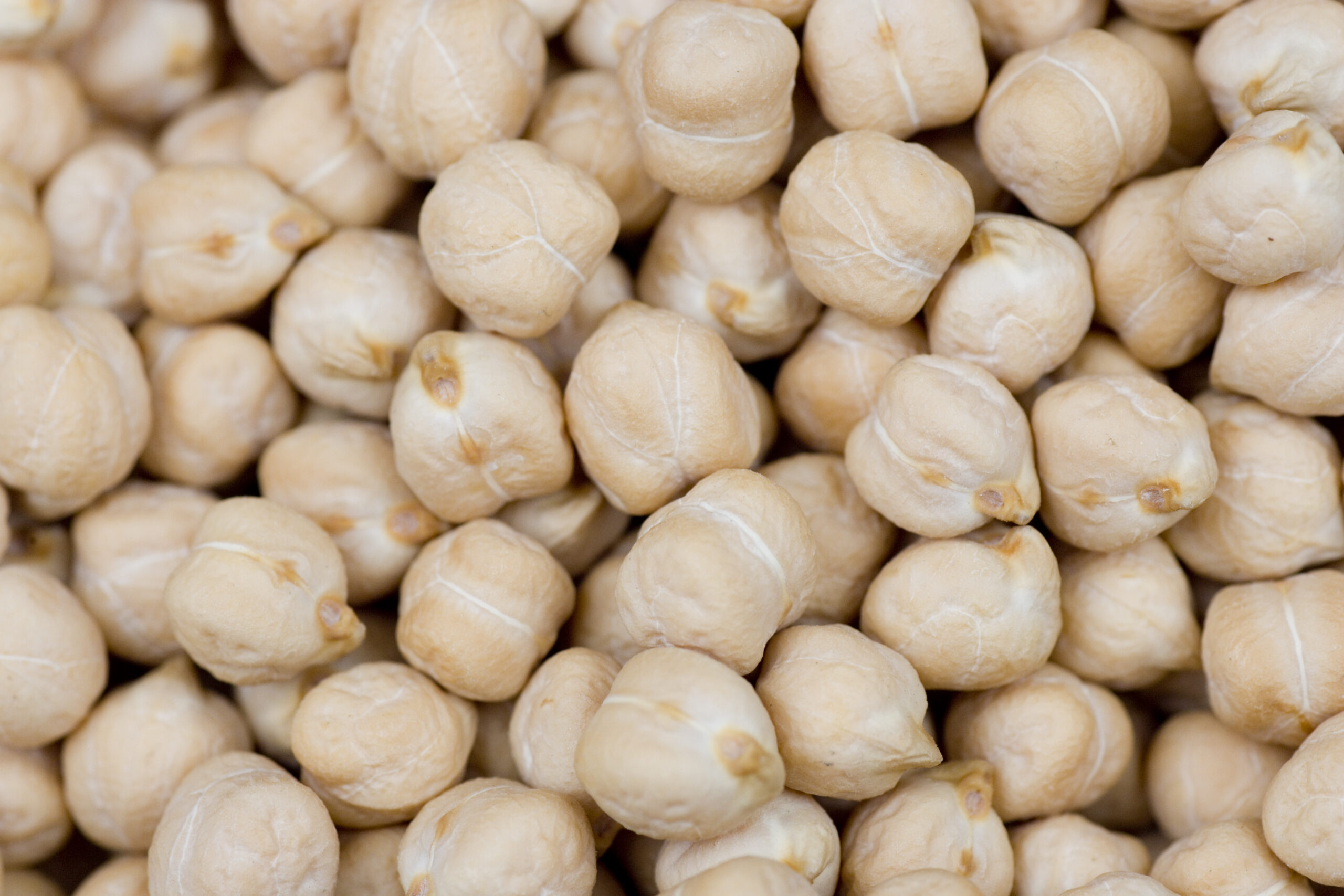
Chickpea Seed Treatment Options
